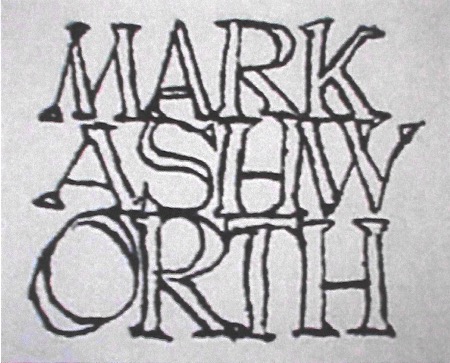Californian artist Mark Ashworth has been creating impactful extravaganzas of color and design for over 30 years. While some works can be petite, such as his gold leaf series, most of his paintings are on a large scale. In all cases, the goal is to create an inspiring and transportive atmosphere for the viewer.
Mark’s paintings have been shown in exhibits throughout the west, including the Diego Rivera Gallery and regular showings at the SFMOMA Artists Gallery. His pieces have been exhibited in San Francisco, Los Angeles, Las Vegas, and much more.
From an early age, Mark has been forging his own creative path. He knew that he wanted to be an artist from the age of four, and has worked in oils since he was first exposed to the medium in high school. He was granted an art scholarship to Universityof Nevada, Las Vegas but found he was already a “big fish” on campus there, and didn’t feel challenged—so he moved to Los Angeles where a friend was studying at the California Institute of the Arts.
It was after arriving in California that Mark felt he had finally found his home and artistic community. He immersed himself in his creative education—initially auditing so many classes at the California Institute of the Arts that the dean thought he was a student. Soon he moved to San Francisco, where he earned an MFA from the San Francisco Art Institute studying under mentors such as Richard Shaw, Tom Holland, and Sam Tchakalian. It was there that he developed his current style.
Many of Mark’s paintings are references to real objects or places, while others are purely abstract designs. He is avid about pursuing sources of inspiration, from his own garden to wild landscapes to urban environments. He studies the linked and blended shadows thrown by everyday objects, which serve as mirrors for the unusual forms in his own paintings.
From the raw inspiration, Mark works and reworks forms on the canvas—initially adding layers of shape and color, and then paring down this vibrant foundation with the liberal application of neutral negative space. The process is entirely emotional and instinctive, but the final result is the reconstruction of simplicity out of chaos, while maintaining an underlying sense of dynamic action and tension.
Mark continually feeds his creative instincts on a diet of art. He tailors his vacations around museum collections, and works professionally as an art mover. His job allows him to see little-known and high-end collections for galleries and private owners. Inspirations range from the playful Bauhaus forms of Paul Klee to the simple spontaneity of Cy Twombly.

